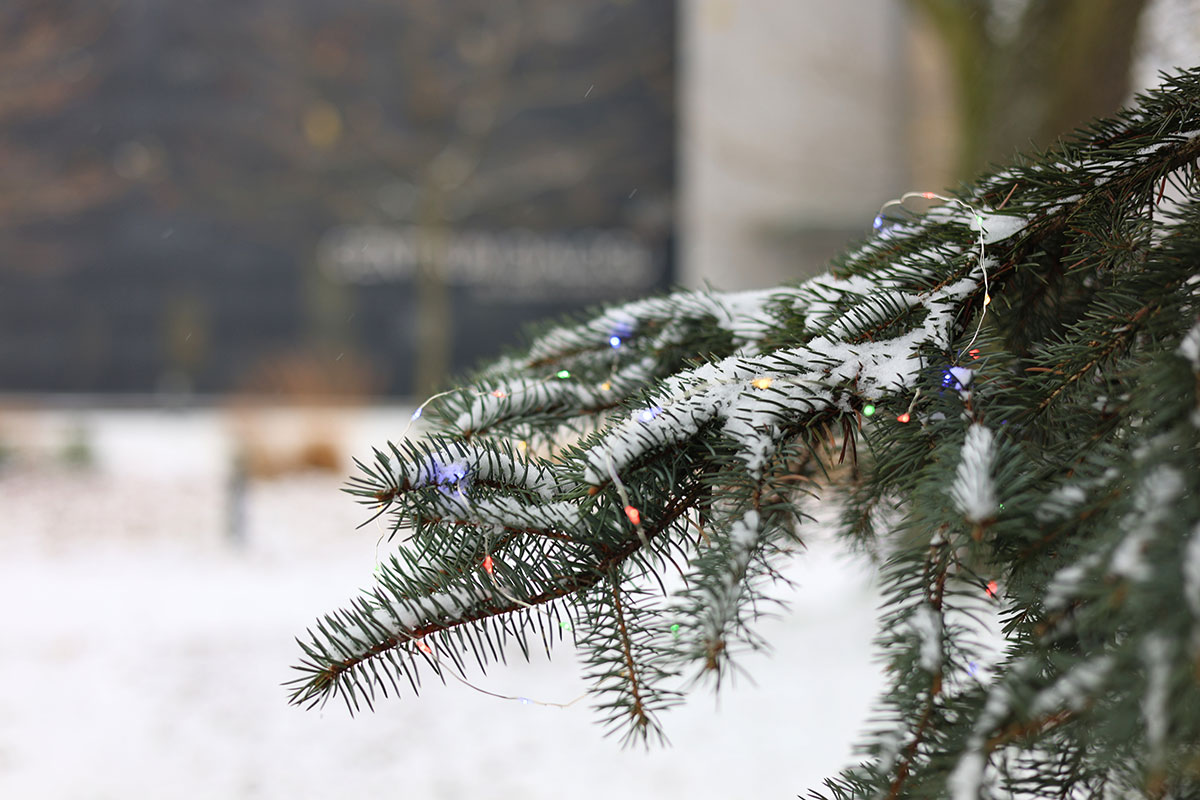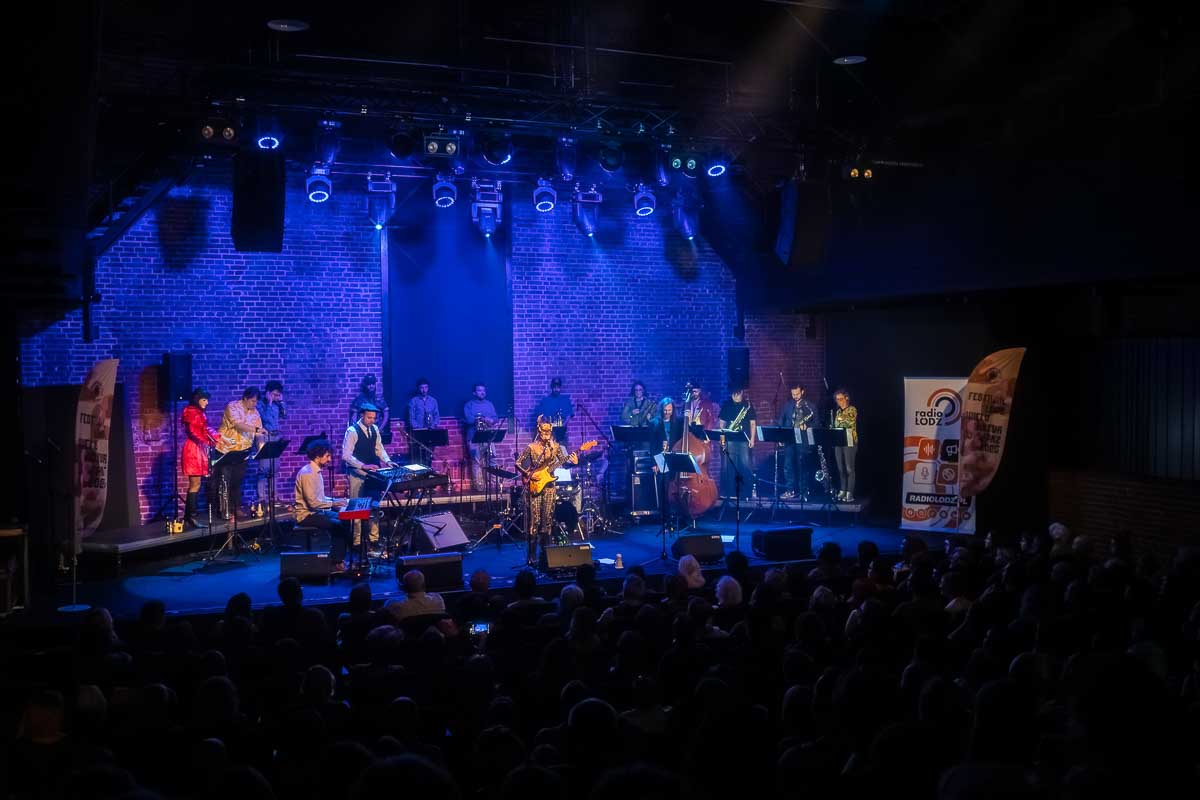
News
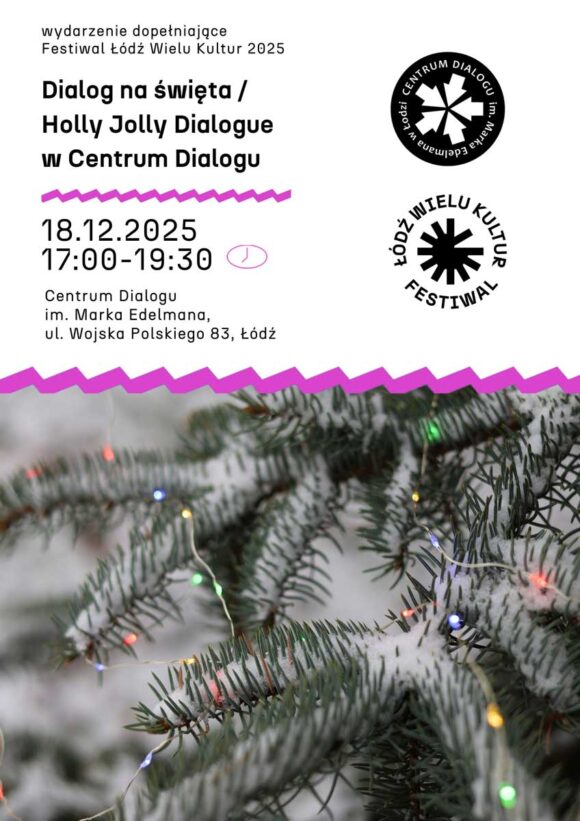
Holly Jolly Dialogue
We invite you to an event complementing the Łódź of Many Cultures Festival and closing this year’s edition. It will be a December afternoon devoted to secular folk Christmas traditions, filled with music, workshops, and storytelling.
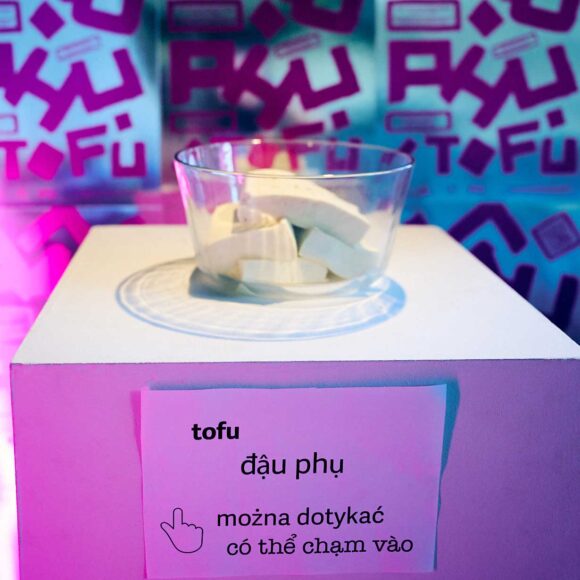
TOFU DAY at the Dialogue Center
The festival is behind us, but that’s not the end of our multicultural story this year. On Saturday, November 15, from 4:00 p.m. to 8:00 p.m., we invite you to Tofu Day at the Dialogue Center! FREE ADMISSION.
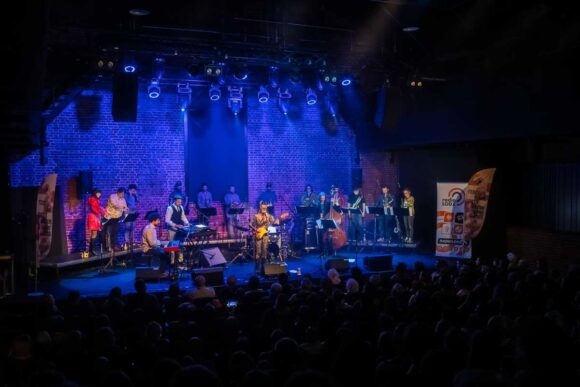
The 2025 edition is behind us. Thank you!
The concert by the Monika Roscher Band at Monopolis marked the end of the Łódź of Many Cultures Festival 2025. On behalf of the Marek Edelman Dialogue Center in Łódź, the main organizer, we would like to express our sincere thanks for your participation and commitment to co-creating this year’s edition of the event.
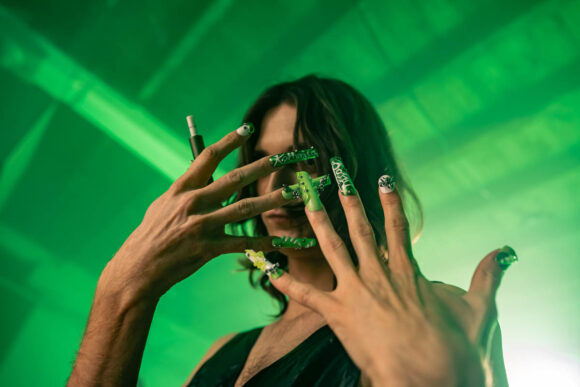
Fuel & Feathers by Slavs & Tatars | photo report weekend #2
We invite you to view another photo report from the artistic event organized by the curatorial collective Slavs & Tatars and Michał Grzegorzek. During the second weekend of the festival, the following artists presented their performances in the industrial spaces of the Biedermann Factory: Kamil Wesołowski and friends, Selin Davasse, Alesia Maisei, Katarzyna Salinger, and […]
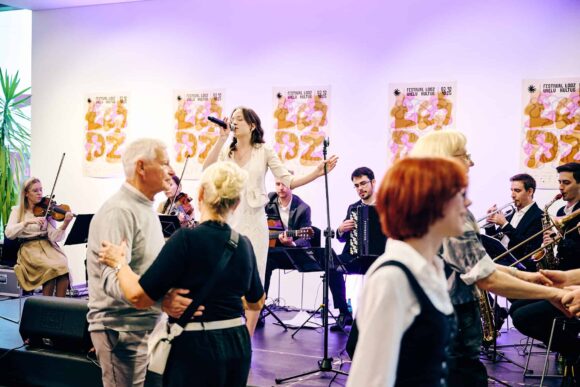
Festival Center Weekend #2 | Photo Report
The second weekend at our Festival Center was a true intergenerational celebration! We enjoyed breakfast together, danced with the Łódź Retro Orchestra, visited a children’s fair, had conversations, participated in workshops, and attended a phenomenal concert entitled “Moje gdyby…”
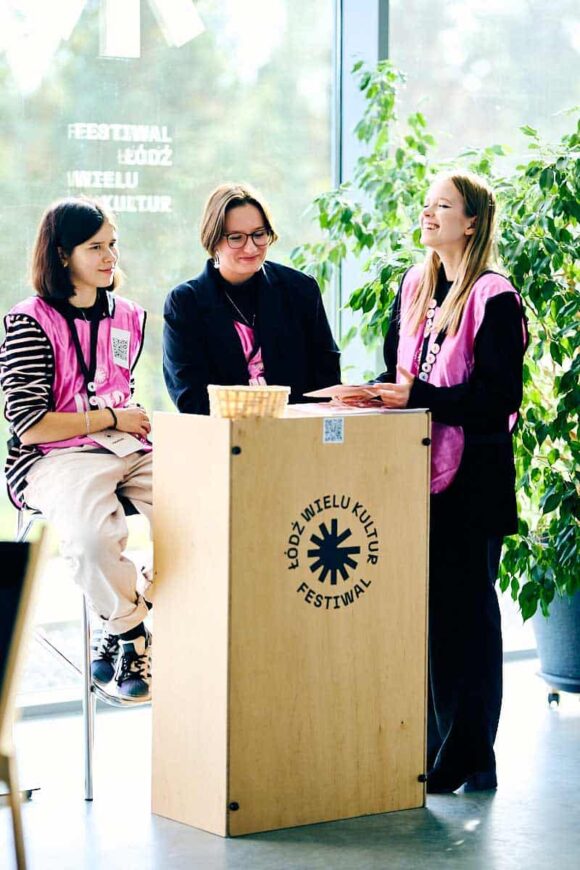
Festival Center Weekend #1 | Photo Report
Check out the photo gallery from the first weekend at the Festival Center and join us for the second one!
